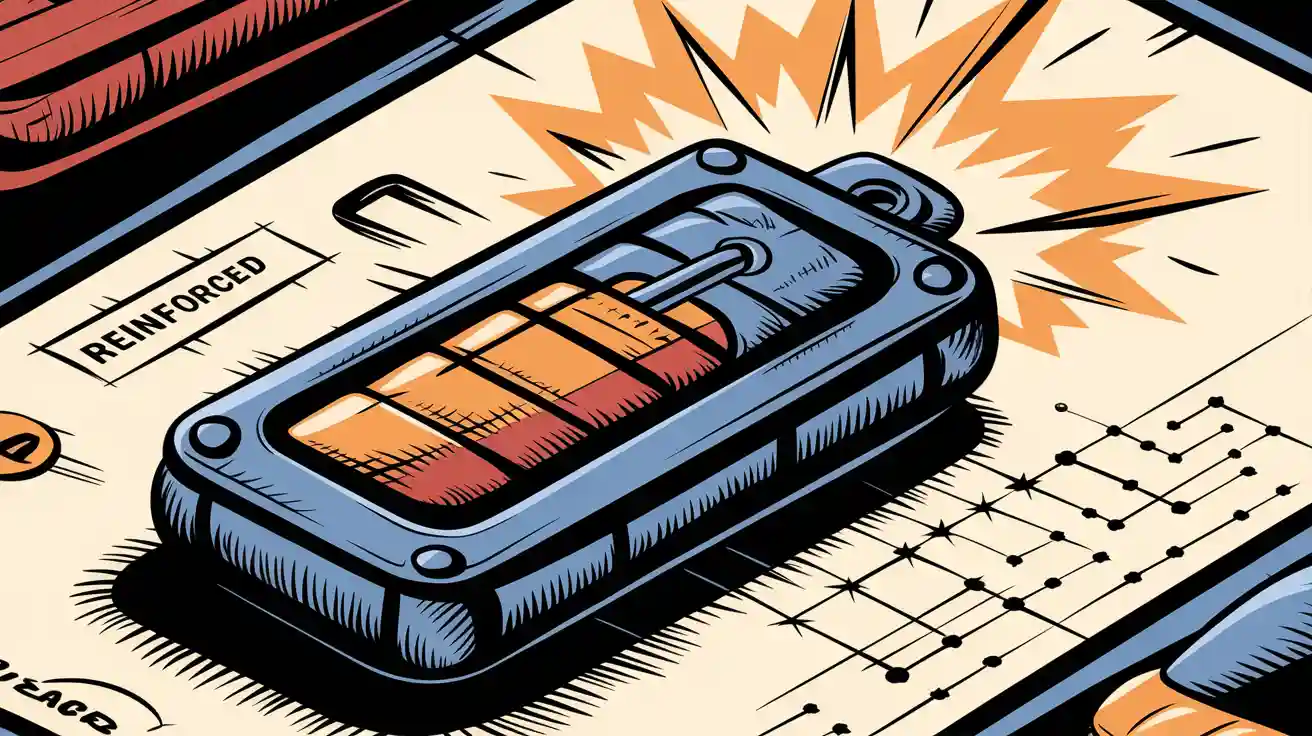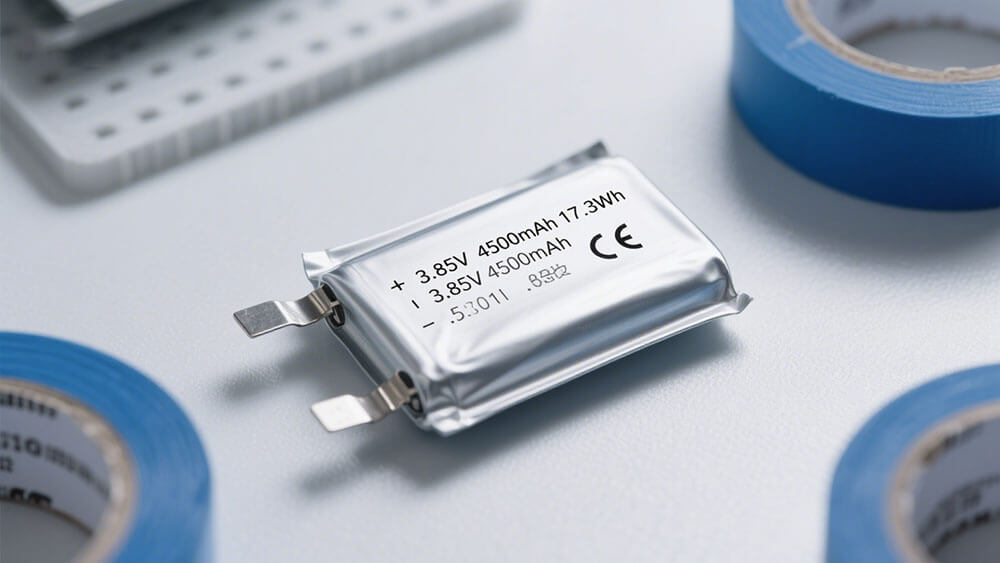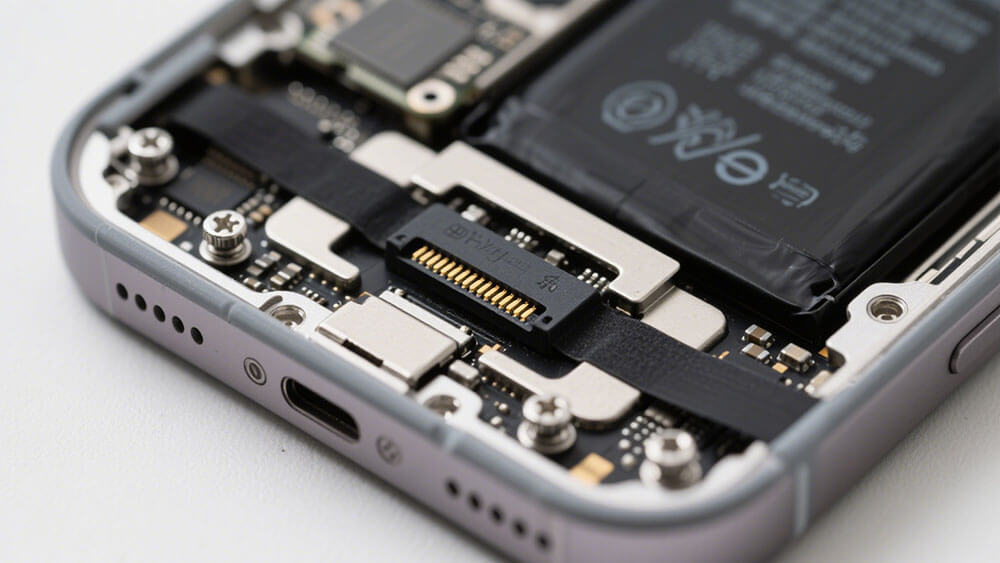
Explosion-proof lithium batteries deliver robust safety in explosive environments. You rely on advanced explosion-proof valves, flame-retardant enclosures, and strict cell isolation to minimize explosion risk in battery packs. Compliance with standards like ATEX, IECEx, and UL ensures adherence to safety protocols and safety measures.
Key standards include:
UL 1642, UL 60086-4, UL 4200A
HMR/UN 38.3
IECEx, ATEX
Key Takeaways
Explosion-proof lithium batteries use advanced safety features like battery management systems, cell isolation, and explosion-proof valves to prevent fires and explosions in hazardous environments.
Thermal runaway is a major risk in lithium batteries, but explosion-proof designs control heat and gas release to keep operations safe and compliant with international standards like ATEX and IECEx.
These batteries are essential for industries such as mining, medical, robotics, and security, where reliable power and strict safety measures protect people and equipment.
Part 1: Battery Explosion Risks

1.1 Common Causes of Battery Explosions
You face significant risks when working with lithium battery packs in explosive environments. The common causes of battery explosions stem from several types of abuse and failures:
Electrical abuse, such as overcharging or short circuits, destabilizes the battery. Overcharging leads to electrolyte decomposition and lithium dendrite formation, which can rupture the cell. Short circuits may occur from improper handling or internal faults, causing rapid heating and potential explosion.
Mechanical abuse involves physical impacts, collisions, or vibrations during transport or installation. These stresses can crack the battery casing or damage internal components, increasing the risk of thermal runaway and battery explosion.
Thermal abuse results from exposure to high temperatures. While less common as a sole cause, extreme heat can trigger exothermic reactions inside the battery, releasing flammable gases.
During these events, the battery may emit toxic and flammable gases like methane and carbon monoxide. If these gases ignite, you encounter a severe explosion hazard. You must follow strict safety precautions and ATEX or IECEx guidelines to minimize these risks.
Note: Always implement robust precautions and safety measures when handling lithium battery packs in hazardous locations.
1.2 Thermal Runaway in Lithium Batteries
Thermal runaway represents the most critical risk in li-ion battery packs. When overheating or overcharging occurs, a self-sustaining reaction starts inside the battery. The separator and electrolyte ignite, causing rapid temperature rise and gas release. In laboratory tests, you can observe smoke followed by ignition within seconds. In confined spaces, this thermal runaway effect can escalate to a battery explosion in as little as 10 to 20 seconds, leading to flashover and structural damage.
You must understand that the thermal runaway process produces intense heat and flammable gases, which ignite quickly. This rapid progression leaves little time for intervention, making ATEX and IECEx compliance essential for safety in explosive environments. By recognizing the common causes of battery explosions and the dangers of thermal runaway, you can better protect your operations and personnel.
Part 2: Explosion-Proof Lithium Batteries

2.1 Explosion-Proof Features
You need robust explosion-proof features to ensure the safety performance of lithium battery packs in hazardous locations and potentially explosive atmospheres. Modern explosion-proof lithium batteries incorporate advanced engineering and strict safety protocols to minimize explosion risks. Key features include:
Battery Management System (BMS):
The battery management system (BMS) monitors and controls battery performance. It provides protection against overcharge, overdischarge, thermal issues, short circuits, and overcurrent. This system prevents overheating and explosion by shutting down the battery or regulating current flow when abnormal conditions arise.Built-In Fire Extinguishers:
Some explosion-proof lithium batteries integrate automatic fire suppression systems. These activate during extreme overheating or failure, containing fires before they spread in explosive atmospheres.Thermal Regulation (Heated Cells):
Heated cells maintain optimal battery temperature. This feature prevents freezing in cold environments and overheating in warm conditions, reducing the risk of thermal runaway and explosion.Low Voltage Protection:
The battery automatically disconnects when voltage drops too low, preventing irreversible cell damage and reducing explosion risk.Low Temperature Charging Cutoff:
Charging stops below safe temperature thresholds, avoiding lithium metal formation that can lead to internal short circuits and explosion.Jump-Start on Low Voltage:
This function revives deeply discharged batteries by applying a small external voltage, ensuring reliable operation in critical applications.Overcurrent Protection:
The battery disconnects or regulates current flow to prevent overheating and explosion during excessive current events.
Explosion-proof lithium batteries also feature cell isolation, explosion-proof valves, and pressure relief mechanisms. These components contain or vent gases safely during abnormal events, preventing catastrophic failure. You will find that rigorous safety testing in explosion-proof battery test chambers simulates extreme conditions, such as high temperatures, overcharging, short circuits, and mechanical impacts. These chambers use gas leak monitoring, fire suppression, and pressure relief valves to ensure compliance with ATEX, IECEx, and other international safety standards.
Tip: Always verify that your battery packs carry ATEX and IECEx certification for use in potentially explosive atmospheres.
2.2 Prevention of Battery Explosions
Explosion-proof lithium batteries use a multi-layered approach for the prevention of battery explosions. The combination of BMS, cell isolation, and explosion-proof enclosures provides comprehensive protection. The BMS detects abnormal voltage, current, or temperature and intervenes before conditions escalate. Cell isolation prevents a single cell failure from spreading to adjacent cells, reducing the risk of thermal runaway.
Flame-retardant enclosures are sometimes used to meet flammability standards. However, you should note that flame-retardant chemicals in plastic enclosures do not always reduce real-world fire risks. They may increase toxic emissions and complicate recycling. Safer alternatives, such as metal enclosures and improved battery designs, offer an improved safety profile without the drawbacks of flame retardants.
Explosion-proof valves and pressure relief mechanisms vent gases safely, preventing pressure buildup and explosion. Built-in fire extinguishers and thermal regulation further enhance safety performance. These features work together to contain or prevent explosions, even in the presence of electrical, mechanical, or thermal abuse.
You must follow strict safety measures and safety precautions when installing and operating explosion-proof lithium batteries in hazardous locations. Adhering to ATEX and IECEx safety protocols ensures reliable protection in potentially explosive atmospheres.
2.3 Comparison with Standard Lithium Batteries
Explosion-proof lithium batteries offer a significantly improved safety profile compared to standard lithium batteries. The table below highlights key differences in safety performance, protection features, and suitability for hazardous locations:
Feature/Aspect | Explosion-Proof Lithium Batteries | Standard Lithium Batteries |
|---|---|---|
Safety Performance | High; multi-layered protection (BMS, cell isolation, explosion-proof valves, fire suppression) | Moderate; basic BMS, limited cell isolation, no explosion-proof valves |
Compliance | ATEX, IECEx, UL 2054, IEC 62133, UN38.3 | May lack ATEX/IECEx; basic UL/UN compliance |
Enclosure | Metal or advanced composite, sometimes flame-retardant, pressure relief, gas venting | Standard plastic or metal, limited venting |
Thermal Regulation | Heated cells, thermal sensors, active cooling | Passive cooling, basic sensors |
Fire Suppression | Built-in fire extinguishers, automatic suppression | None |
Application | Hazardous locations, potentially explosive atmospheres, industrial and mining sectors | Consumer electronics, general industrial use |
Explosion Proof Protection | Yes | No |
Improved Safety Profile | Yes | No |
When you select explosion-proof lithium batteries, you gain enhanced protection and reliability for use in potentially explosive atmospheres. Standard lithium batteries lack the advanced safety measures required for ATEX and IECEx certification.
Lithium Battery Chemistries Overview
When evaluating battery packs for hazardous locations, you should consider the following standardized lithium battery chemistries:
Chemistry Name (Abbreviation) | Platform Voltage (V) | Energy Density (Wh/kg) | Cycle Life (cycles) |
|---|---|---|---|
Lithium Cobalt Oxide (LCO) | 3.7 | 150-200 | 500-1,000 |
Lithium Nickel Manganese Cobalt Oxide (NMC) | 3.7 | 150-220 | 1,000-2,000 |
Lithium Iron Phosphate (LiFePO4) | 3.2 | 90-160 | 2,000-5,000 |
Lithium Manganese Oxide (LMO) | 3.7 | 100-150 | 300-700 |
Lithium Titanate (LTO) | 2.4 | 60-110 | 5,000-10,000 |
Solid-State Battery | 3.7 | 250-350 | 2,000-10,000 |
Lithium Metal | 3.7 | 300-500 | 500-1,000 |
You will find that explosion-proof lithium batteries are available in several chemistries, including lithium-ion, LiFePO4, lithium-polymer (LiPo), and solid-state battery types. Each chemistry offers unique safety performance characteristics for use in explosive atmosphere environments.
2.4 Applications of Explosion-Proof Lithium Battery
Explosion-proof lithium batteries play a critical role in industries where safety performance and explosion-proof protection are mandatory. You will encounter these batteries in hazardous locations and potentially explosive atmospheres, especially in sectors such as:
Mining Industry:
Mining equipment relies on explosion-proof lithium batteries for their compact size, light weight, and robust safety performance. These batteries meet ATEX and IECEx certification requirements for underground and surface operations.Industrial Sector:
Industrial electronic devices, including mobile power supplies, portable batteries, rechargeable batteries, and solar photovoltaic power generation equipment, use explosion-proof lithium batteries to ensure reliable operation in explosive atmospheres.Medical Industry:
Medical devices require explosion-proof lithium batteries for safe operation in oxygen-rich or hazardous environments.Robotics:
Robotics applications benefit from explosion-proof lithium batteries, which provide reliable power and safety in potentially explosive atmospheres.Security and Infrastructure:
Security systems and infrastructure monitoring equipment use explosion-proof lithium batteries to maintain continuous operation in hazardous locations.Consumer Electronics:
While consumer electronics such as mobile phones, computers, digital cameras, and tablets commonly use lithium-ion batteries, explosion-proof lithium batteries are reserved for devices operating in potentially explosive atmospheres.
Note: Always implement safety precautions and follow ATEX and IECEx safety protocols when deploying explosion-proof lithium batteries in hazardous locations.
Explosion-proof lithium batteries deliver unmatched safety performance, protection, and reliability for your critical operations in potentially explosive atmospheres. By investing in explosion-proof battery technology, you ensure compliance with international standards and safeguard your personnel and assets.
Explosion-proof lithium battery packs give you essential protection in safety-critical environments. Advanced safety features, such as explosion-proof valves and cell isolation, help prevent battery explosions. You should consider these solutions for Medical, Robotics, Security, Infrastructure, Consumer Electronics, and Industrial applications where reliability and compliance matter most.
FAQ
1. What makes explosion-proof lithium battery packs essential for industrial applications?
You need explosion-proof lithium battery packs to ensure safety and compliance in hazardous environments. These packs protect your operations in sectors like Medical, Robotics, Security, and Industrial.
2. How does Large Power support custom lithium battery solutions for hazardous locations?
Large Power offers custom battery solutions tailored to your specific requirements. You can consult their experts for reliable, explosion-proof lithium battery packs designed for your unique application.
3. Can you request a consultation for a customized explosion-proof lithium battery pack?
Yes. You can contact Large Power’s technical team for a consultation. They will help you design a lithium battery pack that meets your safety and performance needs.




